If you’re the type of worker who considers your “job description” gospel—and you think that by following it to a “T” is your surest route to career advancement—Tessa White, a career HR leader for multiple Fortune 500 companies and author of the book The Job Gospel, has some tough love for you.
“Your job description is not the key to your success,” she reveals in her online class, Navigate People, Promotions, and Power Dynamics for Career Success, which you can access in our Optimism Library. “The real truth is, your job description was written by HR in a dark room before they posted the job ad the next day to try and get somebody in to fill the role. When people come to me and say, ‘I need to understand my job description better,’ I go, ‘Oh no, they’re not going to make it.'”
According to White, your job description was never meant to be the end-all, be-all. Rather, it was intended to be a simple set of guardrails that define a more general area of where you should be operating as an employee.
It all begs the question: So how should you rethink your role if your role isn’t written in blood on a piece of paper? Well, according to her, the best employees—those who are seen, heard, and promoted—take matters into their own hands and get creative.
“Your ability to get promoted is based on your ability to solve problems in the gap,” she says.
How to Flourish in “the Gap”
To illustrate her concept of the gap, White tells a story of her time working at a company that was having difficulty staffing a sales team. “These were 100% commission, knock-on-doors kind of roles,” she explains. “The company needed us to have lower turnover and bring in more salespeople.”
She did something unexpected to fix the problem. “I brought in a guy named Josh, and his previous job was rehabilitating movie stars by building and improving their social media presence. Now, you may think that is a very strange hire to make Josh my head of recruiting for sales, but in this environment, I knew I needed somebody who thought very differently.”
The salespeople initially rejected the idea, and Josh quickly realized that they didn’t want his help. “But Josh understood how to play in the gap,” says White. “Playing in the gap means helping a company transition from its current state, which is broken, to where they aspire to be but don’t know how to get there.”
Josh realized that his real job was not the one described on paper. “He discovered that his job was to help sales get recruits, and he was going to do it by organizing events and filling a room,” says White. “In effect, he became a fancy events coordinator, not just a recruiter. So he created events with speakers, prizes, balloons, and music. He invited the entire sales team, and his team filled the room with potential candidates who might want to be hired.”
Instead of trying to recruit salespeople one at a time in the traditional way, Josh helped the sales team hire 25 people at once by creating an environment and then completely getting out of the way to let them do their own hiring. “Now that is playing in the gap,” says White.
According to her, it’s this type of savvy that will ultimately make you stand out and be rewarded at work. “Not by working faster, harder, or simply getting more tasks done,” she says. “Playing in the gap is about recognizing those opportunities with fresh eyes and remembering them. Then, within your own sphere of influence, figuring out how to address them. Those are the things that the company will reward you for.”
Click here to Explore The Optimism Library.
Two Ways to Spot Gaps in Your Organization
- Listen to Your Leaders Closely
“You can listen to company quarterly earnings reports to gather clues,” says White. “If your company holds meetings where the entire company can attend and the CEO discusses challenges, pay close attention. You can also approach your manager and ask for insights.”
2. Seek Input from Other Departments
“You can interview colleagues from other departments and ask them about their expectations for your department. Inquire about what is happening and what is not happening. Find out what would be considered a win for them. This will provide you with valuable information.”











